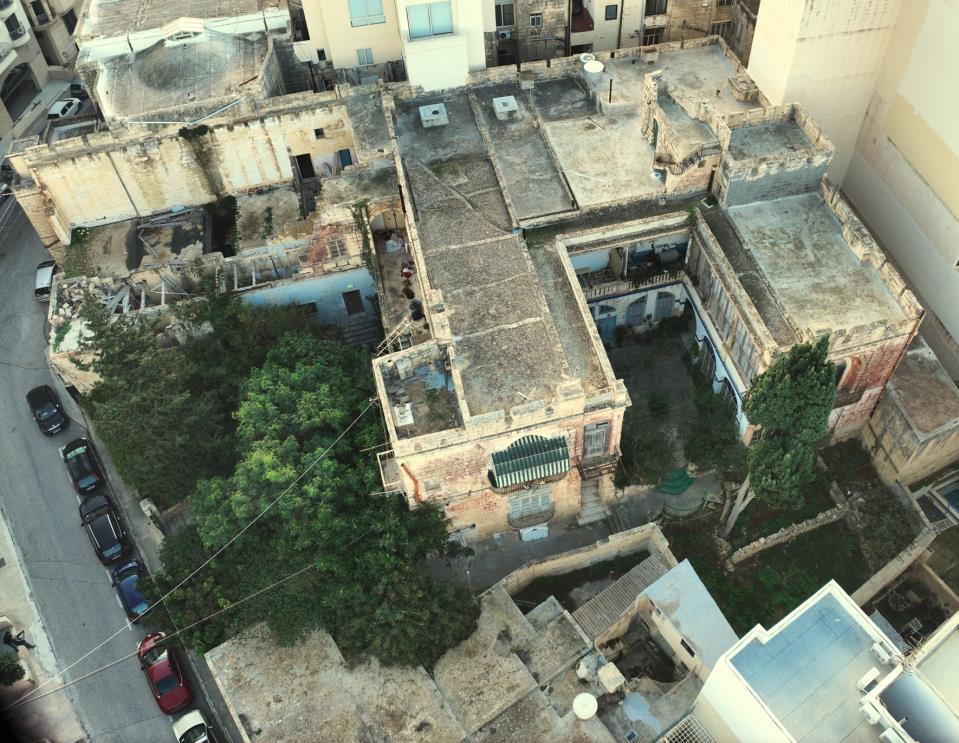Villa St Ignatius in St Julian's which was under considerable scrutiny in the past has been granted a Grade 2 protection status by the Planning Authority (PA).
This designation underscores the villa's historical, architectural, and cultural significance, preserving it for future generations, the PA said Friday.
Built in the late 1820s by John Watson, a British merchant who settled in Malta in the early 19th century, Villa St Ignatius stands as a landmark in the Balluta area. Watson, who engaged in trading activities, selected this prominent site to construct an elegant residence surrounded by extensive gardens, stables, fields, and other ancillary structures.
Villa St Ignatius may have been one of the earliest examples of Gothic Revival architecture in Malta. The building is distinguished by its crenelated rooftops and pointed Gothic-style arches, features that introduced a novel architectural language to the island's built heritage. From its origins, the villa was painted in a striking red ochre finish with white trims-a distinctive aesthetic touch that still survives in part today.
This Grade 2 scheduling ensures that the villa's unique architectural features, historical fabric, and cultural identity will be safeguarded. It also highlights the importance of Villa St Ignatius as a vital part of Malta's built heritage and its contribution to the architectural landscape of the St Julian's and Sliema area, also being one of the earliest buildings in St Julian's to still survive to this day.

Earlier this year, the Planning Authority (PA) granted development permission for the Villa to be restored to its former glory and given a new lease of life as a hotel. Whilst adapting the building to a more modern and compatible use, some of the works include the restoration of the existing historical structures, the reinstatement of the external stairs; masonry features and the villa's front annex on Triq Scicluna, the demolition of accretions and the addition of setback floors above the villa.
The scheduling of this property comes at a time when the Planning Authority is marking 30 years of safeguarding historic structures across the islands, from prestigious residences like this Villa to diverse structures including religious and modern buildings, military fortifications and industrial structures. The Planning Authority's celebration of this milestone reaffirms its ongoing commitment to Malta's architectural legacy and heritage conservation, ensuring these cultural treasures endure for generations to come.
In 1846, the villa was purchased by the English Missionary Association who converted the villa into a Protestant college, and in 1872 the property was converted into a Jesuit college. The church adjacent to the villa, dedicated to Saint Ignatius of Loyola which is scheduled as Grade 1 building, was completed in 1881.
The college closed in July 1907, and the site was then used as a military hospital during the First World War, known as St Ignatius Hospital. Following the end of the war, the hospital closed down. Thereafter, for a short period of time, the site was used to house Russian refugees fleeing the Russian Revolution before being divided into tenements. By the 1970s the entire area surrounding the villa had been built up with numerous apartment blocks.